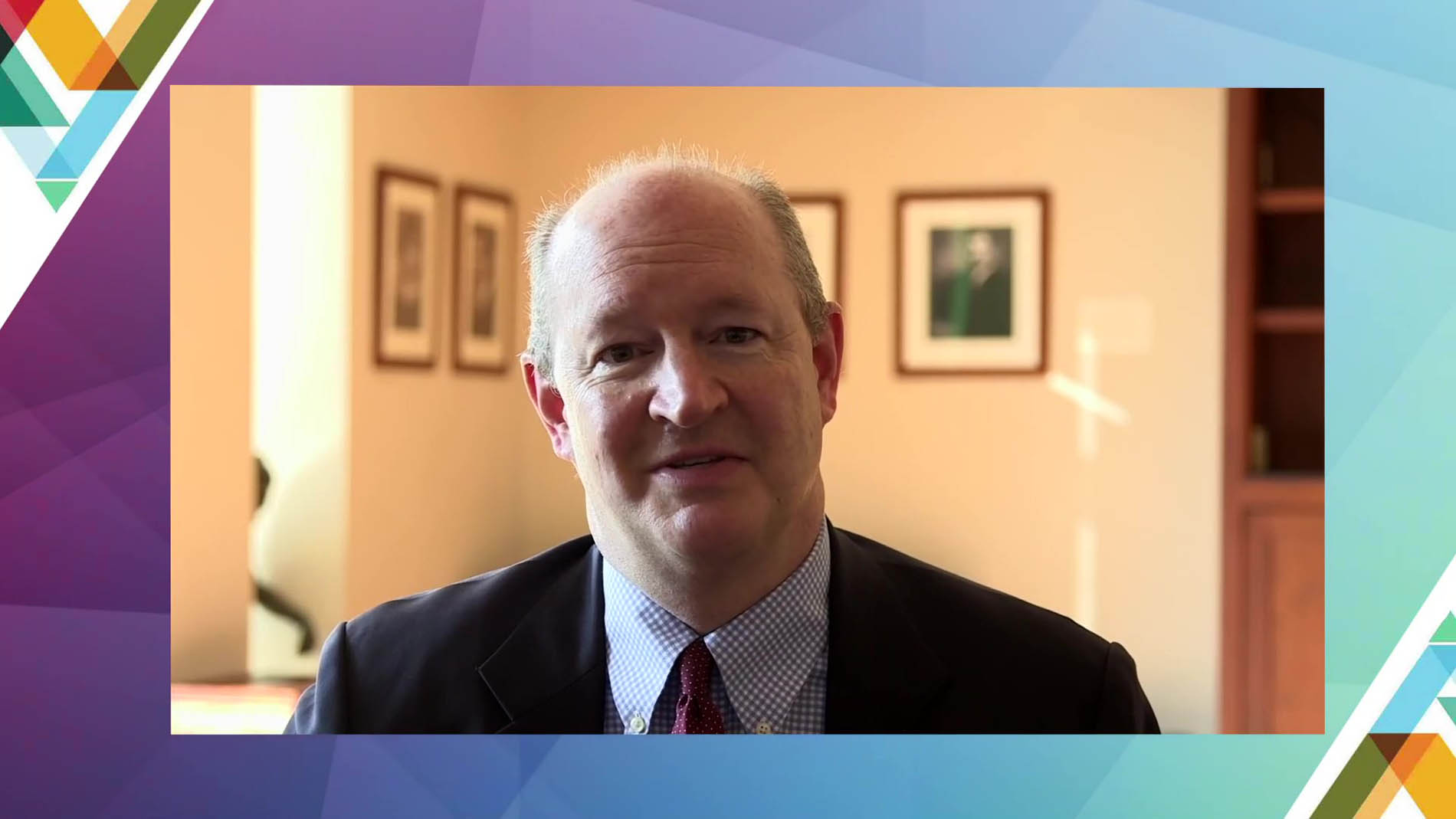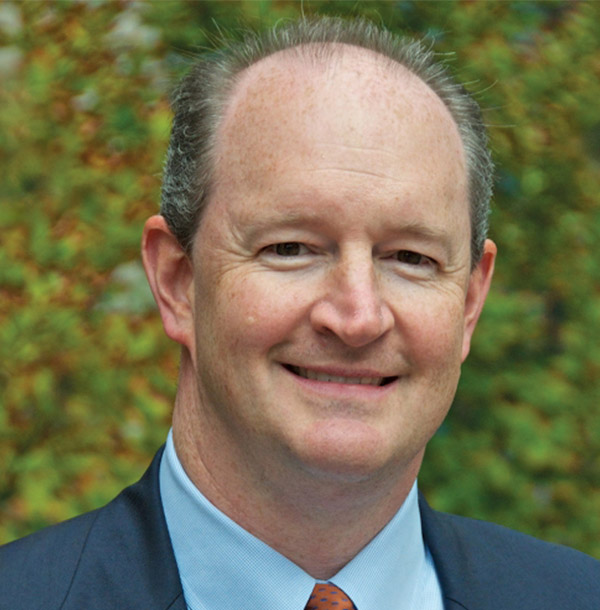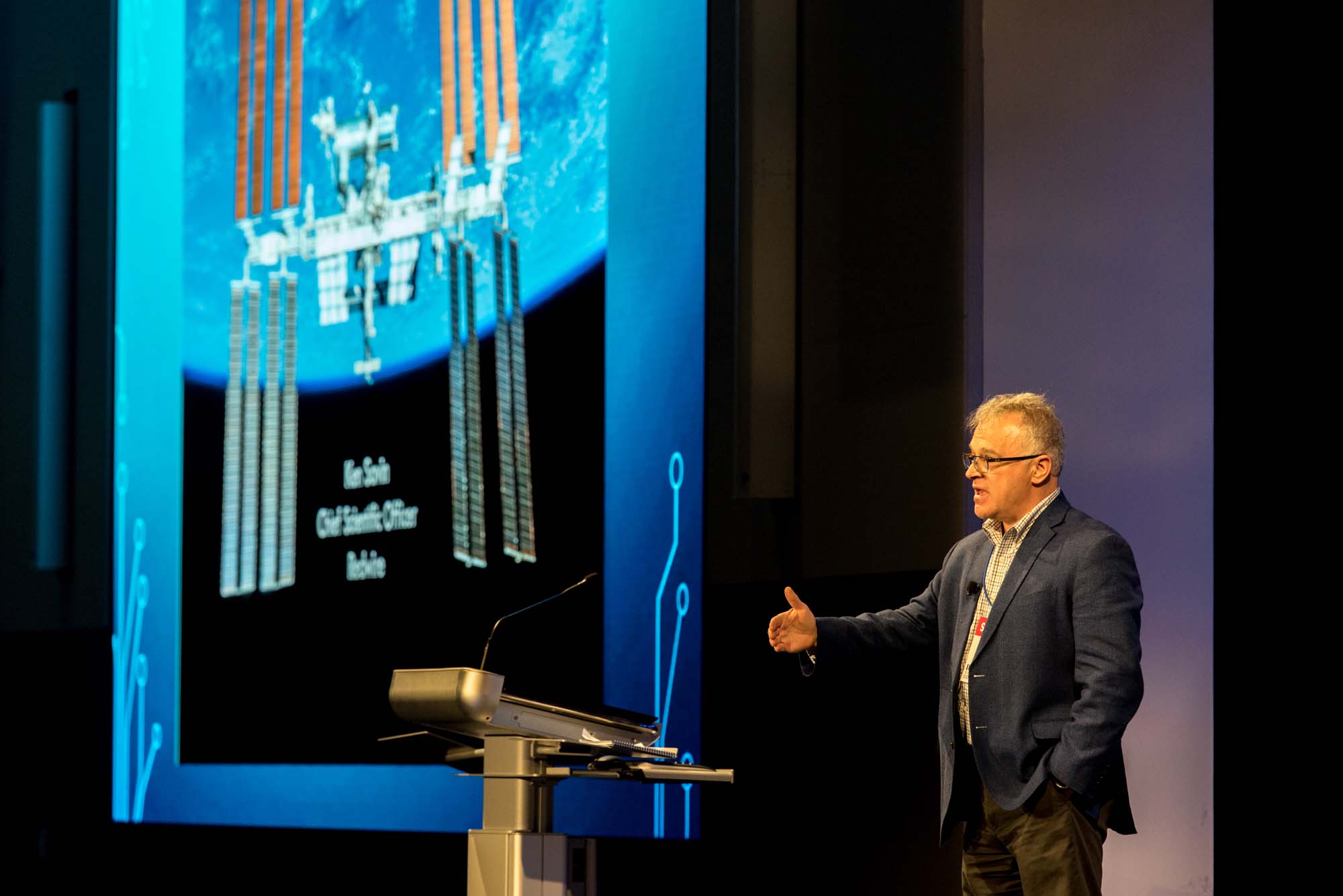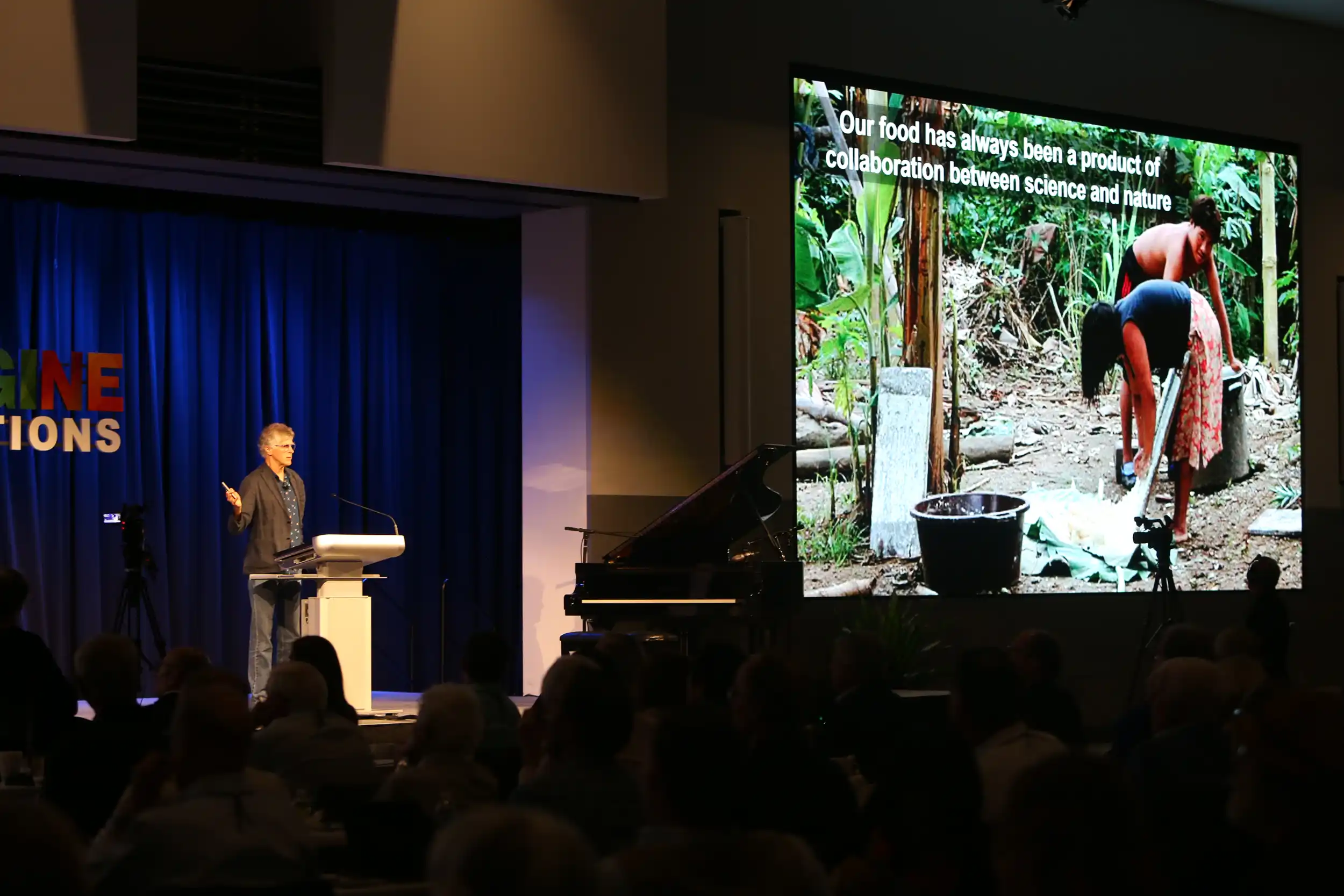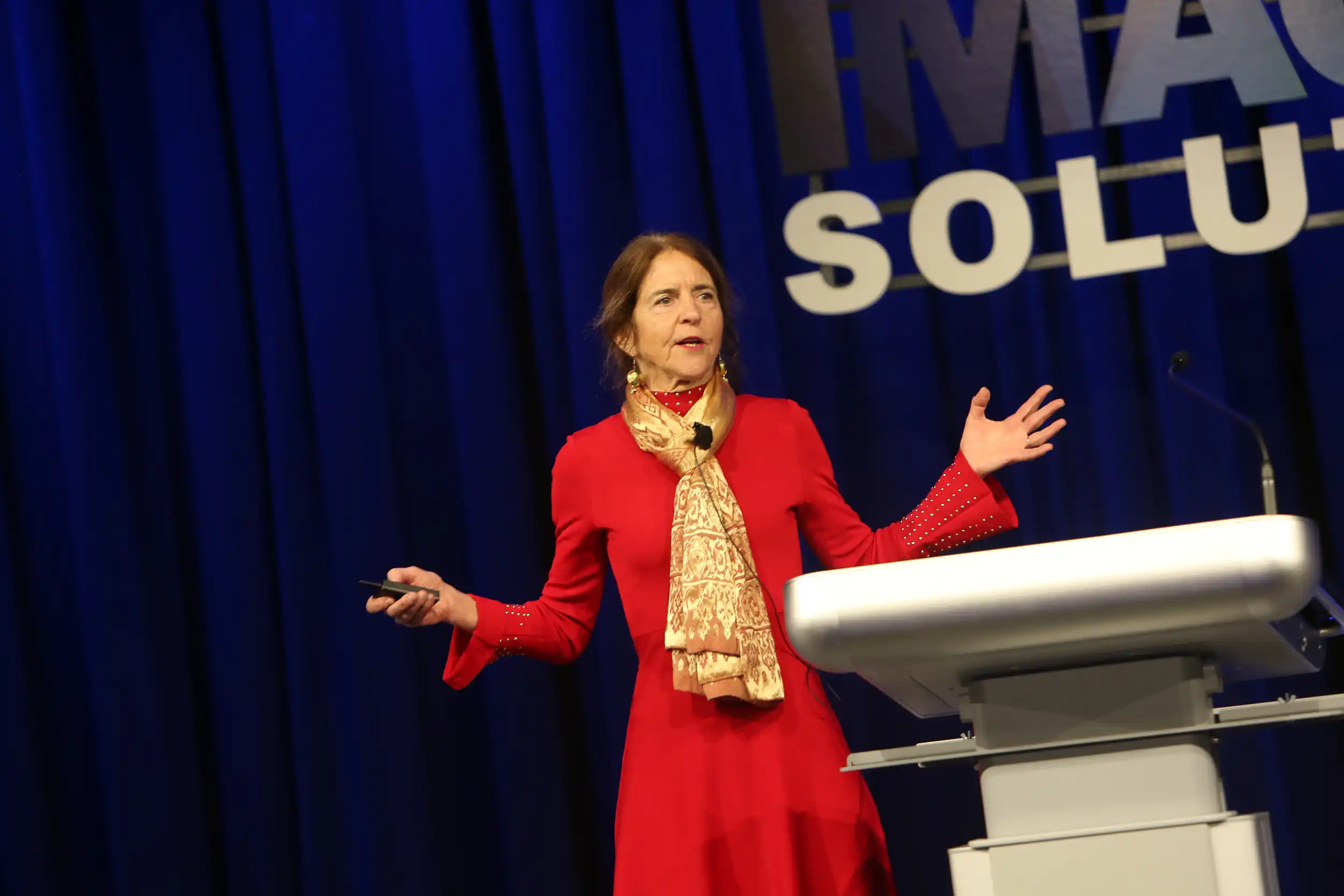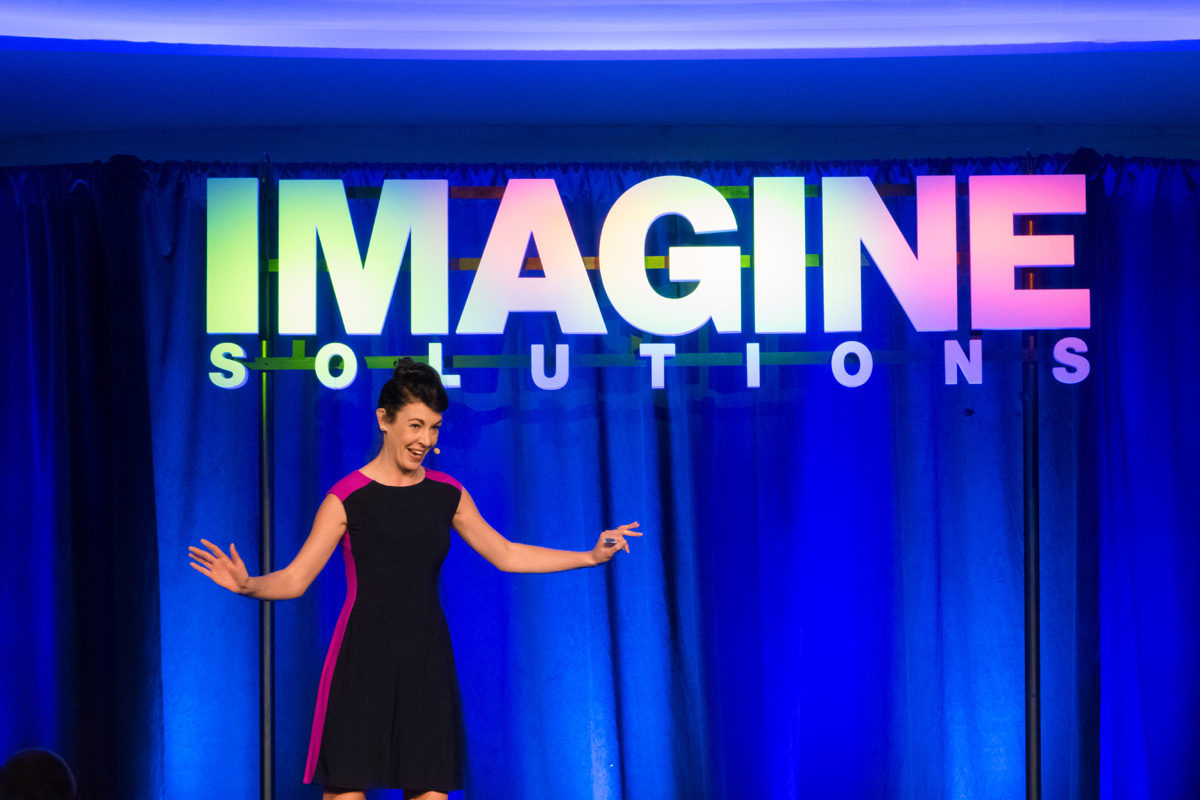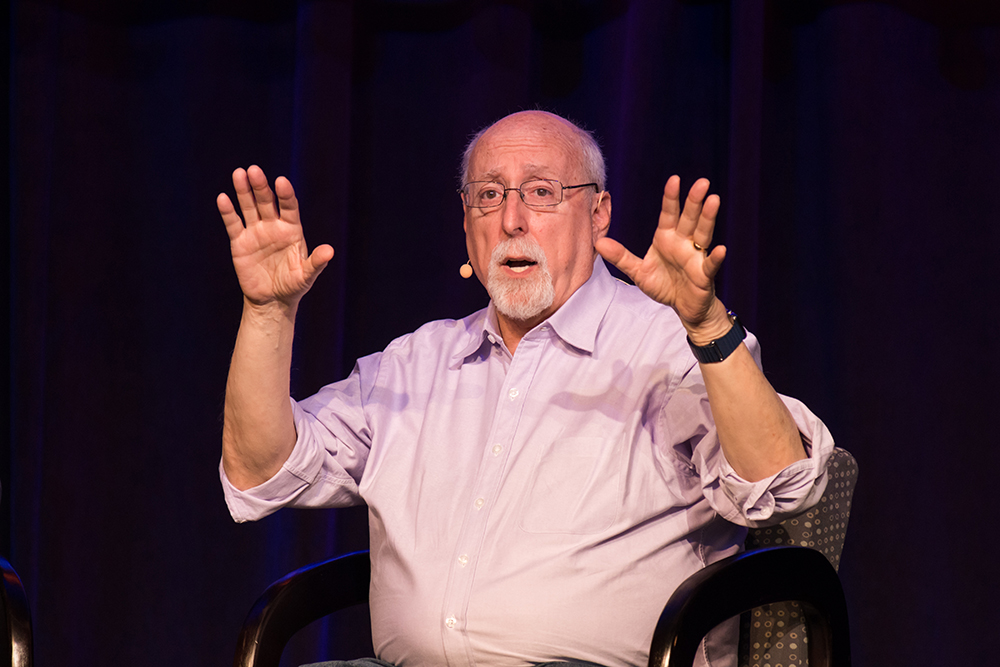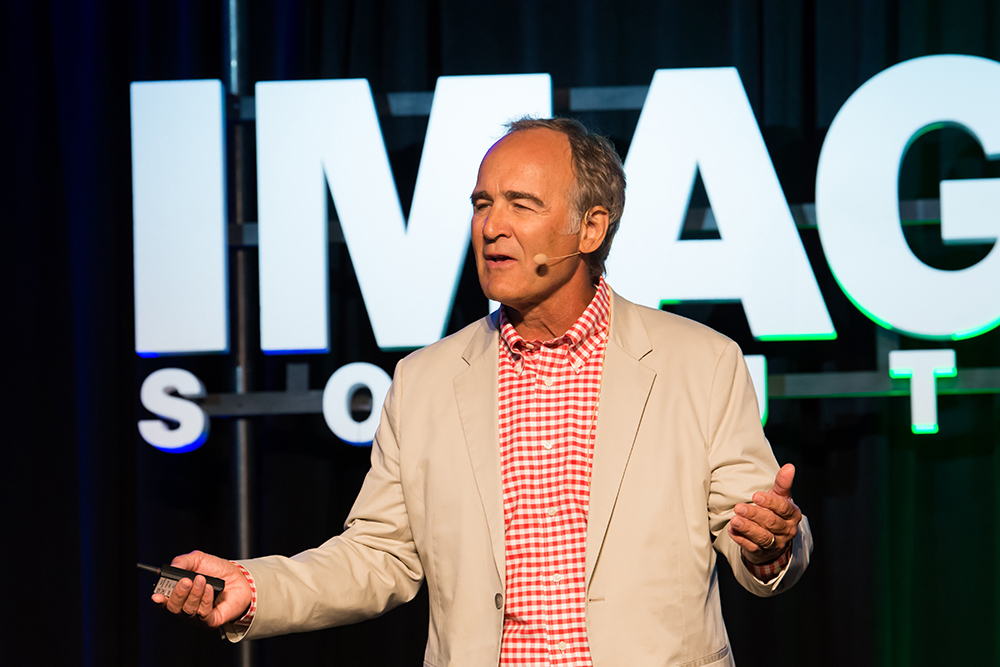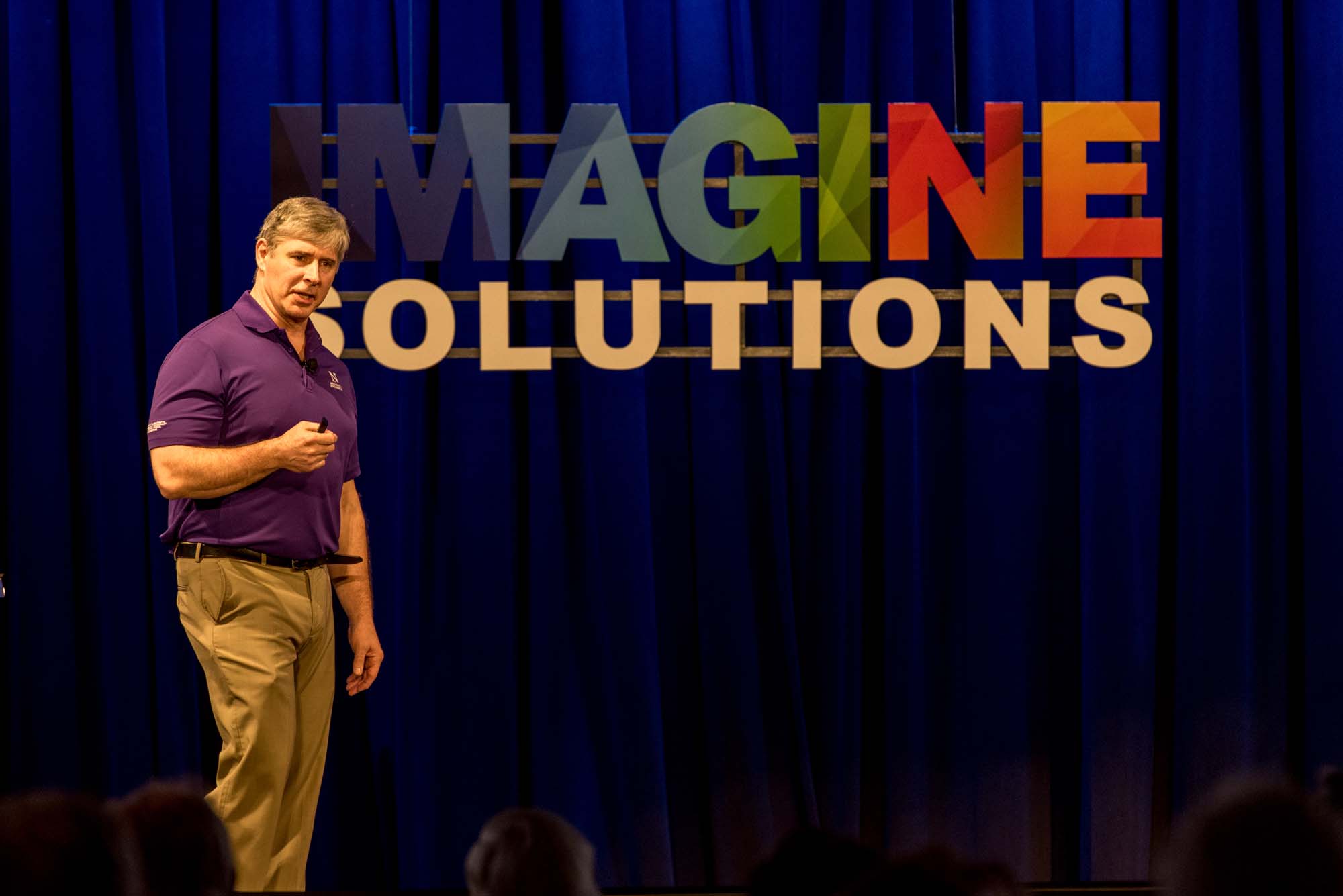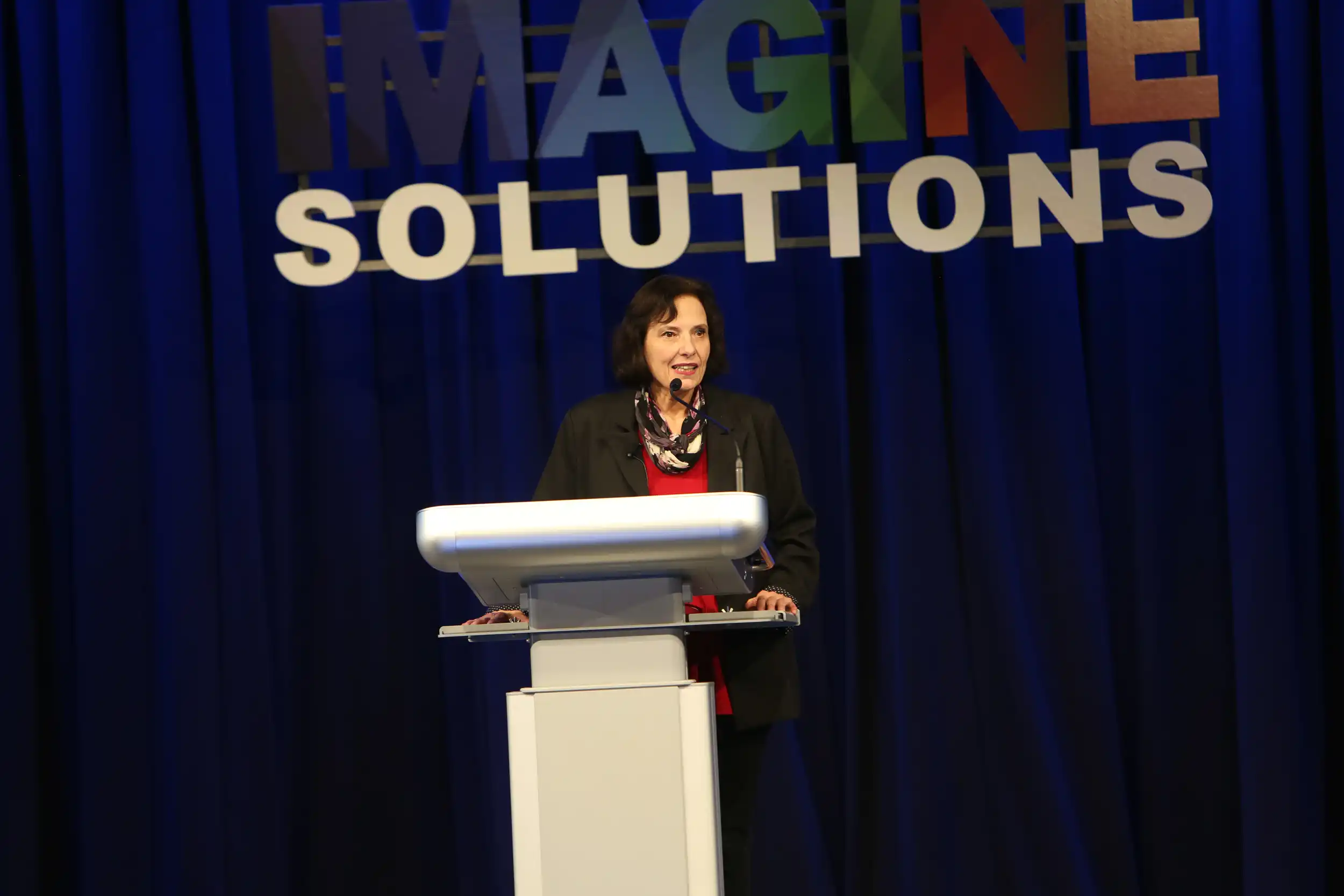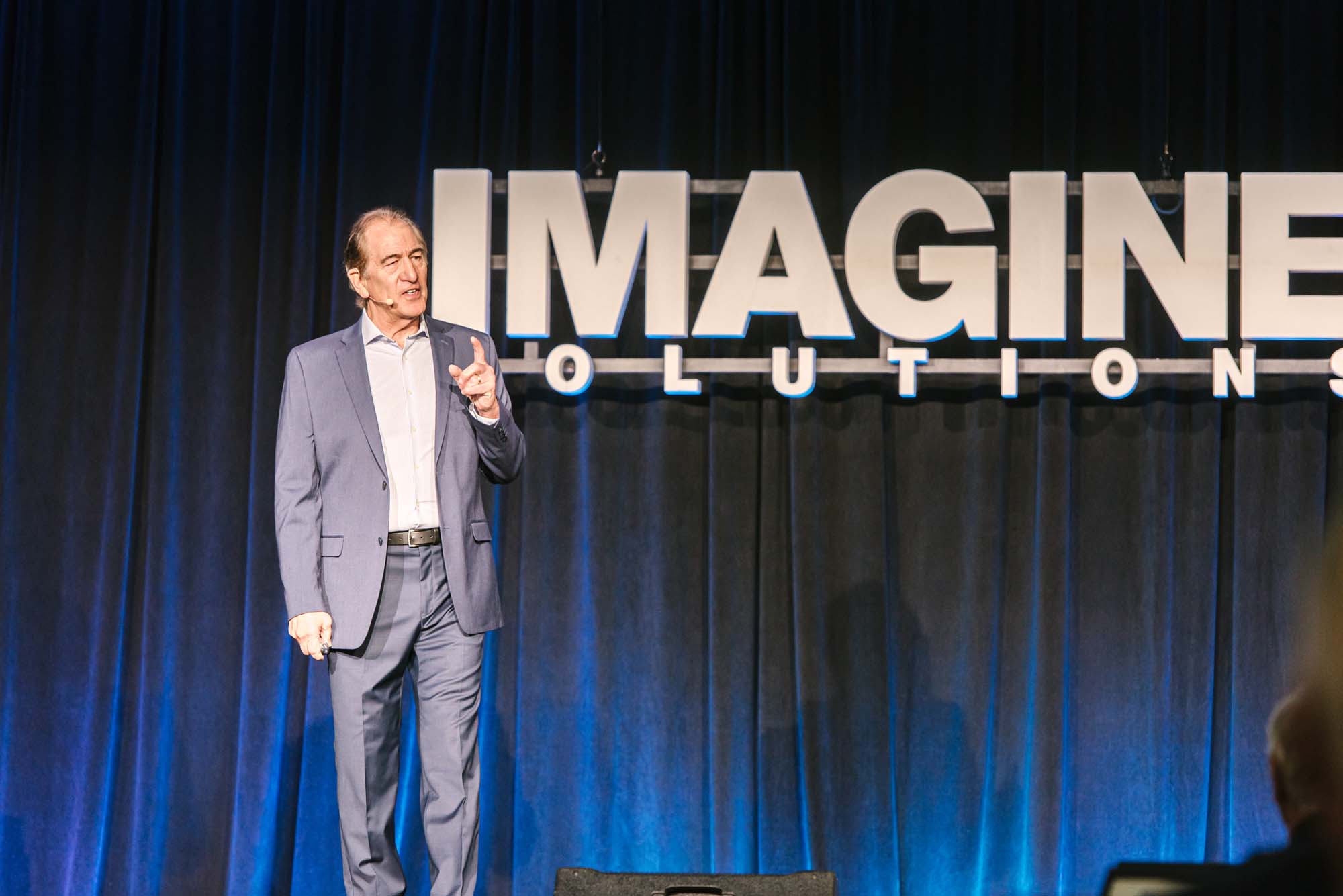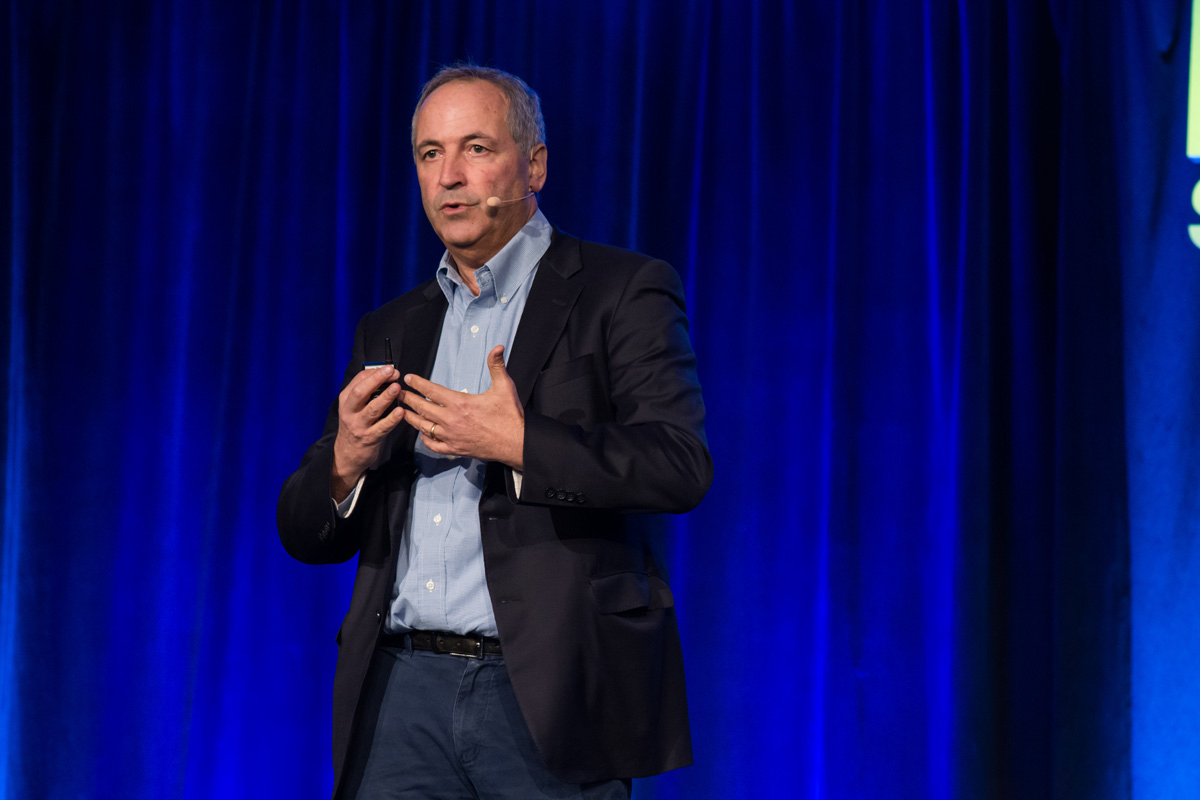History of patents and inventions
Presents the history of inventions, the secret sauce in America
00.00
our next speaker david cole is president and ceo of the science history institute previously he served as the executive director of the hagley museum and library in wilmington delaware he's held positions as the vice president for advancement communications and public education of the whitehead institute for biomedical research in cambridge mass and as a director of strategic initiatives for the harvard art museums david cole today is going to talk about the history of inventions what he calls america's secret sauce please welcome david cole well hello uh it's a pleasure to be with you today uh here at the imagine solutions conference and this is a conference i look forward to every year as a terrific opportunity to kind of keep up to speed on the latest developments on the frontiers of innovation across many fields and every year i walk away from this conference with the same question all this innovation why in america why in the united states
01.01
why is has the united states been so productive of and continue to be so productive of innovation and invention across so many fields of endeavor and today what i'd like to do is offer you a bit of a historical take on this question and the title of my talk is the secret sauce in american invention history what is that key element that has made it possible for innovation to thrive in this country now there are some obvious factors at play here familiar to many of you clearly america has always been a wonderful resource for providing capital to people with great ideas and inventions this country has always historically attracted really intelligent energetic entrepreneurial people from all across the globe we have a strong educational system all those are really important factors in driving innovation and invention but today i want to talk to you about a factor that you might not uh be aware of that
02.01
historically was it played a key role in the development of innovation and invention in this country and i want to begin by sharing a story with you our story begins in on what was actually a dark and stormy night the night of august 24th and the setting is washington dc and this is the night that the british troops during the war of 1812 sacked and burned washington dc uh you'll remember the story of dolly madison saving the portrait of george washington from the white house which the british were about to burn and in fact on that fateful night the british put the torch to every public building in washington dc except one what was that building well i'm showing you now on the screen uh an image of what uh the cow path that would eventually become pennsylvania avenue
03.00
looked like back in the period in question you can see in the different in the distance uh the white house and a few other public buildings and on the immediate right you see a building that was called blodgett's hotel blodgets hotel and on that night of august 24 1814 a company of british regulars loaded up with rum and torches marched on this building preparing to burn it along with the other public buildings in town when they got to this building a grizzled uh elderly man named john thornton stood in front of the door of the building and he warned the british off he said do not come into this building i'll protect it with my life if you burn this building and its contents you'll be performing the greatest sin against humanity since this the burning and the sacking of the library the ancient library of alexandria now imagine if you were a drunken british soldier on this evening this might have sort of bemused you
04.00
confused you and it turns out the british backed off and they let the buildings stand interesting story begs the question what was in this building that made dr thornton so keen to protect it even at the risk of his life well a lot of paper first of all blodgett's hotel housed the young still young fledgling u.s patent office employees to three rooms and these three rooms and two employees processed a lot of paper uh these drawings the drawing i'm showing you here and the patent specification i'm showing you are examples of the kind of documents that were housed in this building if you wanted to secure a patent in the early part of our republic uh as today you had to write up a description of your invention which you see here in a specification of 1851. and you had to provide drawings of your invention
05.00
but in addition you had to provide something else if you wanted a patent in early america you had to provide a patent model and i'm showing you now an example this one is actually a replica of a patent model created by eli whitney for his cotton gin circus 1794. patent models were really unique artifacts they were no larger than about a foot in any dimension they were made of very fine materials very carefully crafted and the purpose of a patent model was to fulfill the requirements of early u.s patent law which said that if you wanted a patent you had to demonstrate a scale model that showed the element the novel element that you had created which was the driving force behind your invention and which was a new contribution to intellectual property and these models were meant to demonstrate that only in the united states and only in the 19th century were patent models a requirement so this
06.01
building blodgett's hotel was full of several thousand of these patent models that had accumulated during the first couple decades of the american republic along with many of these patent drawings and specifications why did this building exist at all well from the very beginning of the republic uh the framers jefferson hamilton and their cohorts they couldn't agree on much but they could agree on one thing that the establishment of a patent office and a robust patent system was going to be incredibly important to the development of a young republic to make the country strong economically to make it willing really able and possible to withstand the onslaughts of european countries and their depredations on our economics and our way of life and so uh they immediately got their heads together and said we need some provision in the constitution that that that will allow for a robust
07.00
patent system and in article 1 section 8 of the con of the constitution they did just that article 1 section 8 states among other things that to promote the progress of science and the useful arts by securing for limited times to authors and inventors the exclusive right to their respective writings and discoveries so this is built right into the beginning of the constitution and they set up a very strong system of checks and balances around the patent system so uh in the early days of the first four years of the republic george washington's first term it was the job of the secretary of state to manage the patent system that task fell to thomas jefferson who took a keen interest in all things invention but any successful patent had to be signed off on by numerous members of the cabinet and the president himself here i show you an example of a patent that was signed by george washington in 1797. it might interest you to know
08.02
that the very first patent granted in the united states was granted in 1790 shortly after the passage of the patent act to samuel hopkins of my city of philadelphia for an improvement in the creation of potash potash for purposes of fertilizer uh not as exactly a scintillating idea but really important for the development of agriculture in this country and he has the distinction mr hopkins of holding the first patent under the system so from the beginnings of the republic in 1790 through 1793 when thomas jefferson was overseeing this process the patent application process was actually a pretty tall order in order to obtain a patent you had to show that your invention was novel and you had to show that it was useful in some sense and the novelty part was the key bit you had to show that your your invention was in no way
09.01
duplicative of any work that anyone else had created along the same lines and for the first three years of the patent system overseen by thomas jefferson and one patent office employee people were held to a pretty high standard the patents applications were carefully examined and the idea was to minimize litigation and to make sure that only valid novel ideas got accepted and were granted patents but as you can imagine this started to create a real mess thomas jefferson was secretary of state by day he was examining patent applications by night over a glass of his favorite claret and this was not a recipe for efficiency and so there began to be a big backlog of applications and in addition to that the patent examiners jefferson and his assistant were working in this very small building blodgett's hotel which was a property the government had purchased from a private uh developer as a way to house some
10.01
government offices and it allotted just a few rooms in this building to the u.s patent office and to the u.s postal service so they're operating in tight quarters and the building is crammed to bursting with these patent models which by 1814 amounted to several thousand and drawings and associated papers and so there's a capacity issue and in addition to the capacity issue there is a a litigation issue because in 1793 uh jefferson and and washington and hamilton all awakened to the fact that this capacity issue meant that they couldn't process all these applications in a timely manner so they changed the rules and they created something of a free for all and basically they said if you pay your money and you submit your application and you submit your patent model you're going to get a patent we're not going to examine its claims we'll just issue you the patent as you might imagine between 1793
11.02
up till 1836 actually this created a real mess a huge amount of litigation in the federal court system that clogged the court system and made it very difficult for people to be guaranteed that if they obtained a patent they could protect it which is obviously a key feature of the system that had to be secured so by 1836 we've got a robust patent system but one that's got its weaknesses around capacity and around the judicial system and so congress makes a decision we're going to improve this process we're going to vote money to build a new building to hire more patent examiners and to actually start examining these patents the way we did in the very earliest years of the republic to make sure that people's rights to their inventions are protected so they appropriate this money and they're going to build a new building but before they were able to do that ironically enough in the same year 1836
12.03
someone in the basement of the patent office building was careless with a pipe and the whole building went up in flames so dr thornton's attempts to save the building from the british torch in 1814 were ironically enough undone 22 years later when the building went up through a careless match and every patent model and every record of patents up to 1836 was completely destroyed but what to do now moving forward how do we plan for the next phase of the u.s patent system well when pierlon faulk created his plans for washington dc he reserved a space in the middle of the capitol you see it here marked in red that was meant to be set aside for a temple to american heroes that temple was never built and instead in 1836 congress looked at this land and said aha what a marvelous place for us to put a temple to invention if you would a patent office
13.00
that would celebrate the work and secure the work of the american inventors and innovators who would make this country great and that is in fact what they did between f and g street you can see roughly between the capital and the president's house it's in the building that today houses the smithsonian american art museum and the national portrait gallery beautiful building and when it was completed 30 years later this is what it looked like it was the most beautiful the largest public building in the united states and it was a tourist attraction and in fact if you told someone in the mid to late 19th century that you were going to washington dc to see the national gallery this is what you were talking about because in fact you were going to see a temple to american invention a showcase of the innovations and inventions that were being produced by your fellow countrymen in real time and here i show you a an image of what the interior looked like
14.00
in the second half of the 19th century walls and walls filled with glass cases of patent models around every conceivable kind of invention and on sundays the public was invited in to have a look around to stroll the galleries and to see what their fellow citizens were creating in real time how in a sense through invention the republic was being built up the economy was being built up america was being made truly great through innovation and these patent models were testament to that and this is the kind of thing you might have seen in those august halls you would have seen inventions by famous inventors of course we're all familiar with thomas edison's electric lamp of 1880 there it is or george corliss's steam engine of 1849 big robust industrial machines models for the kinds of technologies that were helping us shape a new country and of course
15.00
objects of warfare this is a canon that was developed during the civil war by john erickson there were many such examples of military innovation and in fact what we know from this period is that the civil war in particular really uh you know for all of its tragic dimensions actually lit a fire under invention in the united states and many patent applications and patent models are produced in the succeeding decades after the civil war you also would have seen the only patent successful patent application by united states president this is abraham lincoln's patent for a method for buoying vessels over shoals you remember he was a riverboat boatman in the early 19th century and he got sick of his boats getting stuck on the shoals so he came up with a kind of an inflated uh airbags underneath his uh his vessels that you could inflate to buoy your vessel over the shoals we don't actually know if this worked
16.00
and we know he never commercialized it but lincoln was very keen on the u.s patent system and its potential to develop the country in fact he ranked the u.s patent system along with the u.s constitution and the gutenberg printing press as the greatest inventions of modern times and it was lincoln who in early in his career would travel around illinois trying to make a name for himself as a young politician by giving a stump speech about the u.s patent system apparently it was a dreadful bore people couldn't stand his talk but it did have one memorable line in it and the line was that the u.s patent system is the fuel that supports the fire of genius in america the fire of genius in america is really stoked by the fuel of the patent system and you would have seen in this great hall this temple of invention the u.s patent office you would have seen products that were familiar to you
17.00
in everyday life so this is a carpet sweeper by a gentleman named melvin bissell melville bissell who will be well known to many of you that brand is still around today this is his patent model patent model for a carpet sweeper of 1881 and then there are also inventions on display that perhaps didn't have an immediate uh commercial purpose but could be productive one of one in the future and this is a patent model for an improvement in the production of india rubber by nelson a goodyear 1850 nelson a goodyear and in his application he wrote i believe quote that this may have some industrial applications end quote indeed most of the models though look something like this in that they were for inventions that could range from the eminently practical to the slightly quirky and they were typically by average americans people you'd never heard of from all walks of life men women
18.01
full citizens even the enslaved in the pre-civil war period were able to prosecute patents and to have their patent models put on display in the u.s patent office i'm showing you an example of one um from 1880 this is theodore schrader's model for an oscillating ship's birth you get the idea right the ship's rocking you're trying to sleep and this thing is sort of floating with the waves and keeping you comfortable this was never commercialized it never worked but it was an example of the kind of ingenuity that was at work all over a country that was buzzing with innovation and invention activity it also has a couple of hallmarks i want to call your attention to that make it a patent model you'll note the tag on the right which is in the hand of a patent office examiner that indicates what the invention is and it's tied to the model with a piece of what looks like red twill or shoestring can you see that
19.00
they called that red tape and when patent applicants were getting nervous about or frustrated by the slow process of getting their patents approved they would talk about getting swallowed up and all that government red tape and a phrase was born let me show you several other examples of patent models that really run the range of different fields and different walks of life and i should add that all these patent models i'm showing you now come to you today courtesy of the hagley museum and library whose logo you see in the corner the hagley museum and library is located in wilmington delaware and they have the world's largest collection of these american patent models an extraordinary thing so how were these patent models created um who would help the inventor make them you know these are these are very intricate devices intricate artifacts not easy to make well as it turns out an entire cottage industry sprang up in america to help people make pot patent models
20.02
and process their applications i'm showing you a cover illustration from harper's weekly 1868 harper's weekly was the most popular periodical in america in the mid to late 19th century and it is of a person whose sole occupation was patent model maker often these were german immigrants but they were these were people whose sole profession work was dedicated to helping americans create patent models people from all over the country would seek out the services of such people as they were pursuing their applications and of course many publications and the government itself helped get the word out about the opportunity that americans had in front of them to contribute to our system of invention and to make some money on their inventions by pursuing a patent in the u.s patent office this is the first issue of a little publication called scientific american which was started by an eccentric
21.01
inventor named rufus porter who you see listed here on the left this is his editorial rufus porter was sort of a crackpot inventor man of many talents who keenly read the us government's monthly dispatches about new inventions and decided that what he would do is to create a newsletter that would track these inventions illustrate them for the public and in the process promote an interest a general interest in invention and so this is the first issue it is uh the longest continuously published magazine in american history scientific american but originally developed to promote an interest in the patent system it worked through the good offices of the system itself an expanded uh patent office people to help people make patent models and lawyers to file applications and a wonderful system for promoting the work of the office the number of applications swelled after
22.01
the civil war and in fact the building this gigantic building got rather cramped and in 1877 tragedy struck again a building over full of models and papers caught fire and almost 100 000 more models and associated documentation burned and uh this clued congress into the fact that they needed to do something right these these facilities were no longer adequate and in fact by 1900 you can see that space that used to be reserved for the models in the great halls of the patent office was now being taken over and over by members of the public and patent examiners who wanted to come in and research the patent process so the facilities by the end of the 19th century were inadequate and in fact congress made the decision at the end of the 19th century to discontinue the patent model requirement so the patent model requirement really ended at the end of the 19th century it lasted about 100 years
23.01
but um the spirit of the laws really that drove invention the system that was driving invention really continued a pace and eventually in the 20th century the operation of the patent office operation transferred to beautiful new facilities in alexandria which you see here and by 2018 the united states produced its 10 millionth patent 10 millionth patent in a wonderful ceremony that really chronicled our 200-year experiment uh and and development of a system of patent laws patent examination and patent and invention encouragement that by this point is really the the uh the world leading system it is the envy of the world and today uh it's typical that most new patents uh most new applications aren't for machines or apparatus the likes of which you might have seen in the 19th century in the great temple
24.01
of invention uh in place of the cordless steam engine uh and other wondrous uh inventions today you're more likely to see bits of software code or small molecules being submitted for patent application things that you can't easily touch or see but are still very real very real elements of invention but that system the products may be different but the system driving this invention driving this innovation is still very much in place and still working as robustly as it did in the 19th century drawing on its 19th century origins and i call your attention now by way of conclusion to a quote from mark twain who as you know was a very serious but ultimately frustrated inventor and entrepreneur who had the huge regard for the u.s patent system and it was twain who said a country without a patent office and good patent laws is just a crab and it can't travel any way
25.01
but sideways and backways well i feel confident in saying that if imagine solutions is any indication we are absolutely traveling forward and it has been my pleasure to bring the story to your attention thank you so much

